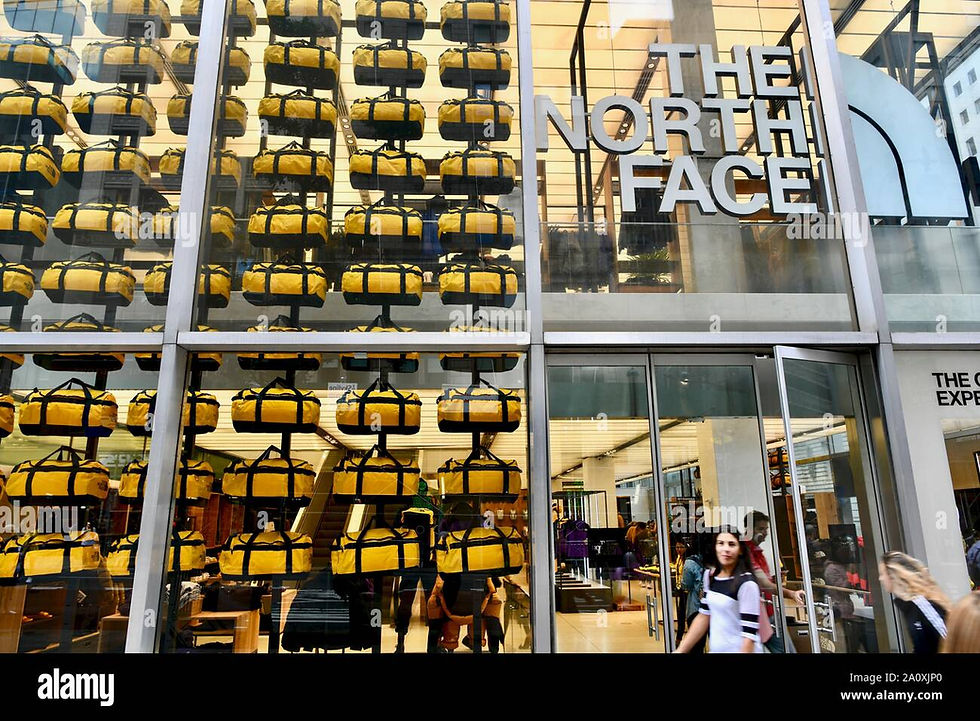What Makes the Perfect Coffee Shop?
- Andrea Brown
- Oct 3
- 3 min read
Updated: Oct 30
Coffee shops are more than places to grab a drink—they’ve become cultural touchpoints. For many people, they are remote offices, social gathering spots, or even extensions of home. The design of these spaces plays a critical role in how customers feel, how long they stay, and whether they return. So what exactly makes a coffee shop “perfect”?
Ambience That Sets the Tone
When someone steps inside, the environment speaks before the coffee does. Lighting, color, and materiality all contribute to the mood. Warm wood finishes, textured concrete, or natural stone bring a sense of authenticity. Soft, layered lighting creates intimacy, while brighter task lighting keeps service areas efficient. Adding greenery—whether living plants or vertical gardens—offers freshness and life, helping customers feel grounded in the space.
The ambience isn’t just visual—it’s emotional. A thoughtfully designed coffee shop encourages people to linger, to feel welcome, and to return.

Functionality That Flows
The best coffee shops don’t just look good—they work well. A smooth customer journey from the door to the counter to the seating area is essential. Poor flow can create bottlenecks, while smart layouts reduce wait times and make spaces feel more relaxed.
For guests who plan to stay, functionality shows up in the details:
Variety of seating – communal tables, private nooks, window bars, and banquettes all serve different needs.
Built-in convenience – charging stations, hooks for bags, and shelves for laptops show customers they’re understood.
Zoned spaces – areas for quick grab-and-go orders coexist with quieter zones for those planning to stay longer.

Functionality also benefits staff. Efficient bar layouts, durable surfaces, and smart material choices reduce strain and improve speed of service, which customers notice.
Community and Culture in Design
A perfect coffee shop reflects the culture around it. Increasingly, chains are tailoring store designs to fit their neighborhoods—an urban café might lean industrial with exposed concrete, while a suburban shop could introduce warmer tones and softer seating. This creates a sense of belonging and gives each location its own identity within a larger brand.
Coffee shops are also becoming hubs for hybrid work and study. Comfortable seating, reliable Wi-Fi, and spaces that encourage focus have turned cafés into a “third place” between home and office. The design has to balance sociability and solitude—enabling conversation in one corner and quiet
productivity in another.
Design That Tells a Story
More than ever, customers are drawn to experiences that feel intentional. Design choices can subtly communicate a brand’s values:
Sustainability through reclaimed wood, energy-efficient lighting, or ethically sourced finishes.
Craftsmanship through custom millwork, hand-painted tiles, or locally sourced artwork.
Personality through pops of color, unexpected textures, or one-of-a-kind fixtures that create memorable “Instagram moments.”
The story a coffee shop tells doesn’t need to be loud—it needs to be authentic. Customers notice when every element feels connected to a larger vision.

The Ingredients of “Perfect”
There’s no single formula for designing a flawless coffee shop. Some succeed because they’re minimal and serene; others because they’re vibrant and full of energy. What unites them is the ability to make customers feel comfortable, understood, and connected.
The perfect coffee shop is more than a well-poured latte—it’s a place people want to return to, time and again, because the space itself feels just as inviting as what’s in the cup.





Comments